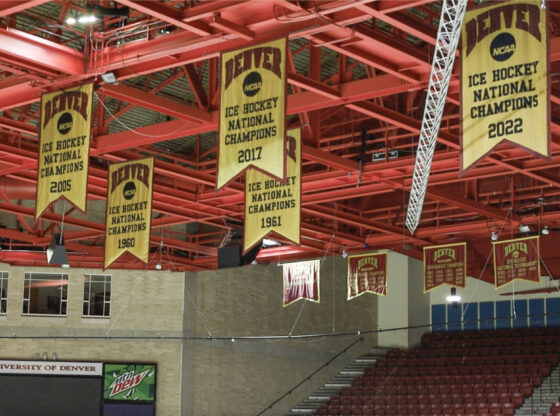DU purchased 15 million kilowatt hours of green power in the Environmental Protection Agency’s 2008-2009 College and University Green Power Challenge, the most of any Sun Belt Conference school.
Last year was the first time DU has participated in the competition. Nationally, DU ranked 14th out of participating colleges and universities.
The University of Pennsylvania won the national award with a purchase of 192,727,000 kilowatt hours (kWh) of green power. The Ivy League was the top ranking conference with 225,471,600 kWh.
The Green Power Challenge tracks the green power purchases of participating institutions and ranks them nationally and within their athletic conferences.
The Green Power Challenge is part of the EPA’s Green Power Partnership, in which corporations, small businesses, universities and colleges, state and local governments can purchase green power through the EPA’s market.
Green power is sustainable electrical energy generated from wind, solar, geothermal, low-impact hydro and biomass resources. It reduces the carbon footprint and utilizes U.S. energy resources, reducing dependence on foreign supplies.
DU’s green energy comes from a two-year contract signed in 2008 to obtain 15 million kWh of wind energy a year from Texas. This accounts for about 30% of the university’s annual energy consumption.
DU’s win can be largely attributed to students encouraging administrators to invest in sustainable energy infrastructure and green power, said AUSA Sustainability Committee Chair Mary Jean O’Malley.
“Over this past year we learned that the administration is open to these initiatives, but administrators don’t always start them,” she said, “They look to students to start these changes.”
While DU could not avoid using energy altogether, it can try to use as much renewable energy as possible, said O’Malley.
“We use energy of course, we can’t really avoid it on campus, but we want to make it as green as possible,” she said.
O’Malley is hopeful about the improvements DU has made in sustainability in the past few year, such as the wind energy contract, and the possibility for future improvements.
“We haven’t done as much as other schools, but we’re well on our way,” she said, “There are great things happening because of students and a lot more room for students to get involved.”
Currently, the Sustainability Committee’s major projects are a bike sharing program with the city of Denver, a community garden and composting.
The Green Power Challenge ranked 44 schools for the 2008-2009 awards. In its third year, the competition has grown from 16 participating conferences in 2006 to 22 in 2009.
The Green Power Challenge was started to determine which institutions are leaders in the broad national sustainable power market, said director of the Green Power Challenge, Blaine Collison.
“It’s hard to make an apples to apples comparison,” he said, “It’s hard to see exemplars within your peer group.”
The ranking lets colleges and universities know how they measure up to peers, and judging them within athletic conferences inspires healthy competition.
“It’s pretty interesting to know who’s a leader and who has room to grow,” said Collison.
Collison hopes to see new conferences and schools participating in the coming years of the competition. “There’s a lot of benefit to be accomplished simply by expanding the number of stakeholders participating,” he said.











